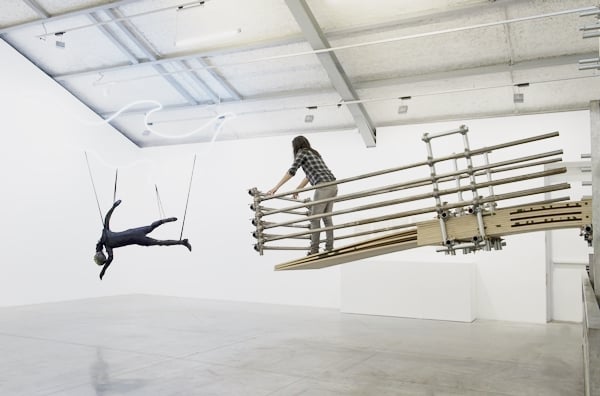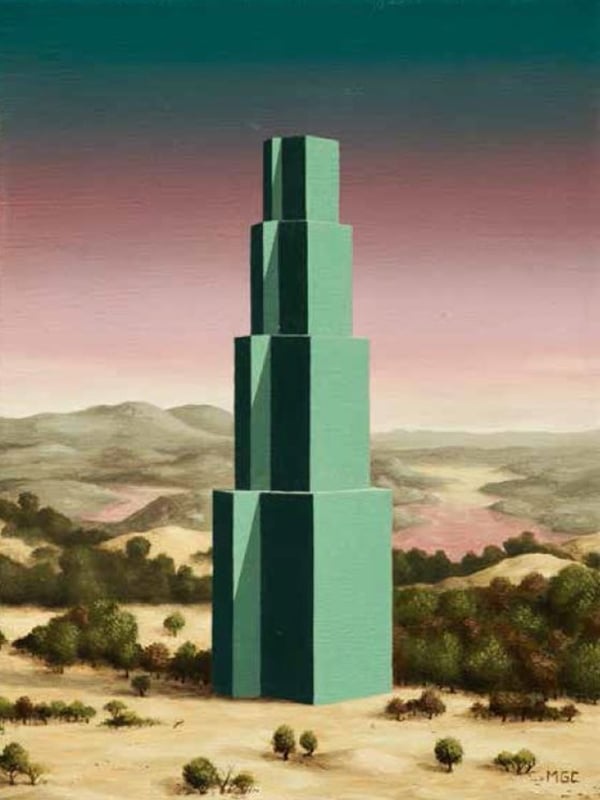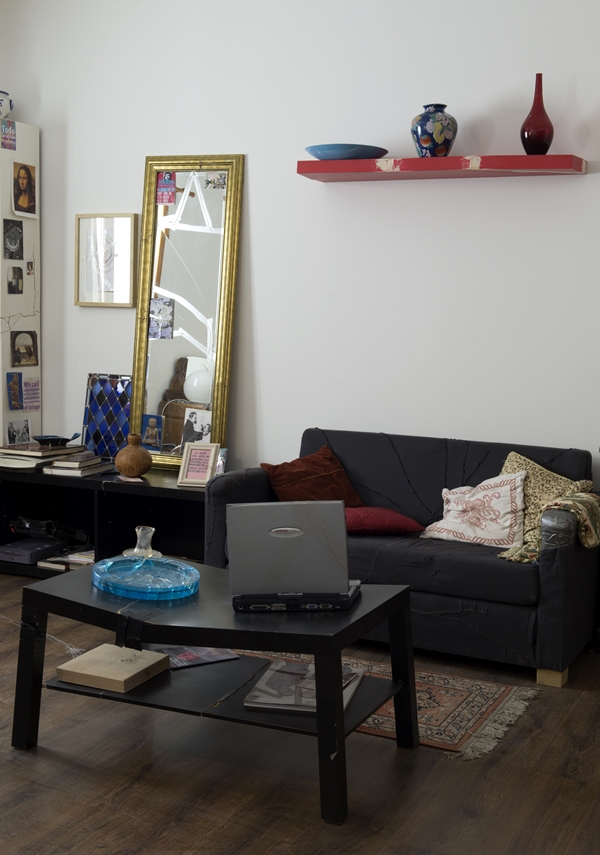Art & Exhibitions
Why “My Buenos Aires” at La Maison Rouge in Paris Makes You Feel Afraid, Very Afraid
A new show presents Buenos Aires through the eyes of its artists.

A new show presents Buenos Aires through the eyes of its artists.

Christie Chu


Marta Minujin & Mark Brusse.
Photo: courtesy La Maison Rouge.
It is not often that an art exhibition makes you feel afraid, really afraid.
But “My Buenos Aires,” an exhibition curated by Paula Aisemberg and French collector Antoine de Galbert at La Maison Rouge in Paris, a foundation established by de Galbert in 2003, scares the living daylights out of you.
The show is about Buenos Aires, the city, as the title says, and is part of a series of shows at the foundation highlighting the art scene in cities worldwide. The idea is not just to show artwork but establish a context for its production, looking at patterns of attitude and reference, both public and private, of the city and its residents.
Dark humor and irony abound. So does fear. Sixty-five artworks and installations by emerging and established artists, across four generations, including Leon Ferrari, Guillermo Kuitca, and Jorge Macchi, are scattered throughout an industrial space, which, for a former factory, is nonetheless quite intimate-feeling.

Max Gómez Canle.
Photo: courtesy of La Maison Rouge.
The show begins with two paintings of imaginary landscapes, metaphysical spaces is probably a better term. Both of them look very similar but were actually painted thirty years apart; one, by Roberto Aizenberg (1928-1966), seems to have its intellectual roots in Surrealism, whereas the other, by Max Gómez Canle, a much younger artist, born in 1972, is grappling with issues of appropriation and recycling of ideas in the internet age. The point is to show how some things that look the same can have different sources of inspiration, reference points and meaning.

Diego Bianchi.
Photo: courtesy of La Maison Rouge.
Moving on into the show, a work by Diego Bianchi immediately stands out. The artist has carved strange-shaped holes into the exhibition walls, big enough to stick your head into. Curiosity mixes with fear as you approach the wall (what’s in there?), so much so I felt uncomfortable even looking inside. Inside your eyes fall upon a secret tunnel, a world beyond the gallery’s white walls that houses several curios including an emaciated human figure and a French baguette on a stick. All very Duchamp.

Martin Cordiano and Tomas Espina. Dominio (2011).
Photo: courtesy of La Maison Rouge.
Across the room is what looks like a typical home setting, by Tomas Espina and Martin Cordiano, that immediately draws you in with its familiarity. But on second glance you’ll see every single object in the room has been shattered and then patched up using superglue—coffee cups, the computer, towels, the kitchen sink. No object is left untouched.

Eduardo Basualdo.
Photo: courtesy of La Maison Rouge.
Eduardo Basualdo delivers the show’s scariest work. He installed a dark wooden cabin-cum-maze, into which only one visitor at a time can enter. Waiting in line to go inside, a fellow gallery-visitor somehow had got themselves stuck inside. Feelings of fear and uncertainty came over me as I entered. I discovered too late that once you are in you can’t go back as the doorway is attached to a weight, shutting it tight behind you. Inside the cabin there are three separate rooms with strange drawings, a white plaster ball with four faces, and witchy hanging plants evoking a scene in Guillermo del Toro’s Pan’s Labyrinth.

Luciano Lamothe.
Photo: courtesy of La Maison Rouge.
Danger lurks everywhere here. Standing on Luciano Lamothe’s faux diving board hanging over an empty space was an exceptionally terrifying art experience. For this work several wooden planks are attached together by heavy metal rods. Visitors are invited to “walk the plank.” Stacked accordingly, the floorboards on either end of the platform aren’t flat, but rather spring up and down as if you are standing atop a pool diving board. The floor feels like it will buckle under your weight.
Yes, there’s some cheap theatrical work here, but then again a theme park-like experience has never felt more high brow.
“My Buenos Aires” is on view at La Maison Rouge from June 18, 2015 through September 20, 2015.